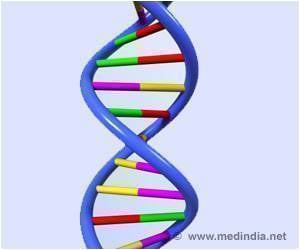Brain interactions were different between religious and non-religious subjects, find a team of researchers.

Individuals with stronger ToM activity were found to be more religious. Deshpande said that this supports the hypothesis that development of ToM abilities in humans during evolution may have given rise to religion in human societies.
Deshpande and the NIH scientists were following up a study reported in the Proceedings of the National Academy of Sciences, which used functional magnetic resonance imaging, or fMRI, to scan the brains of both self-declared religious and non-religious individuals as they contemplated three psychological dimensions of religious beliefs.
The fMRI - which allows researchers to infer specific brain regions and networks that become active when a person performs a certain mental or physical task - showed that different brain networks were activated by the three psychological dimensions; however, the amount of activation was not different in religious as compared to non-religious subjects.
To address this anomaly, Deshpande and NIH researchers characterized the interactions between the different brain networks that were activated during the study.
The study has been published in the journal, Brain Connectivity.
Advertisement









